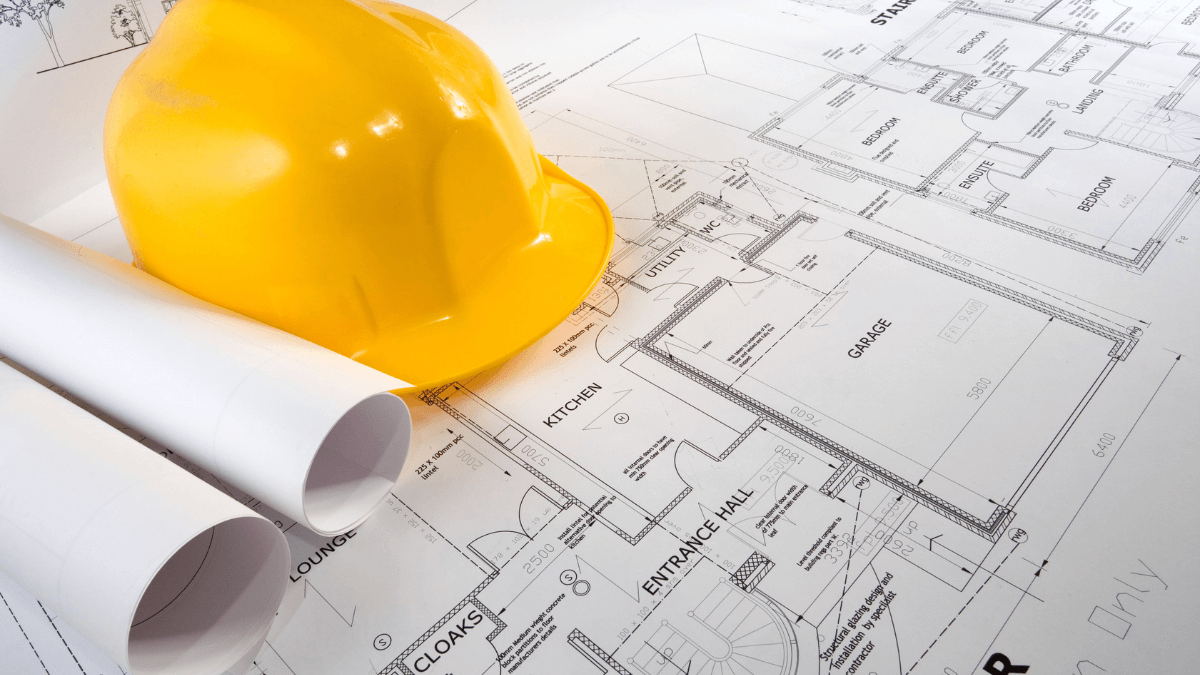RFID that stands for Radio Frequency Identification is a technology that makes use of radio frequencies for asset tracking. Also used to track animals or follow traffic, RFID involves a receiver and transmitter. The “tags” used in RFID have microchips that store the relevant information in them. An antenna that is attached to the tag is used to receive or transmit data while a card reads the information. A common misconception is that RFID tags can provide real-time location GPS information. That’s not the case.
In this article...
Types of RFID
Generally, three types of RFID tags including semi-passive, active and passive tags are used. The active tag needs a power source of a continuous nature and can use a battery or a regular connected power source along with a transmitter to transmit signals to the reader.
Passive tags draw power in the form of electromagnetic waves from the tag reader and do not need power source or battery. The semi-passive tag makes use of a battery to provide power to the microchip while electromagnetic waves from the card reader are used for transmission of signals.
Of these, the passive tags are relatively cheaper while both active and semi-passive tags are expensive. Semi-passive and active tags are used for high value asset tracking such as railway carriages, while passive tags find use in low cost asset tracking.
In some retail outlets or warehouses, both passive and active RFID tags are used in a combination to track item movements. Although real time tracking is provided by the active RFID tags, these are confined to the boundaries of the retail or warehouse. The range at which the RFID can effectively track assets is limited.
Advantages of RFID tags
When it comes to tracking live creatures, RFID tags are convenient to use because they are small and can be easily injected into the animal’s body. Poultry or other animal industries can use RFID to keep track of their animals and maintain a schedule of vaccinations.
For retail stores, RFID tags help in asset tracking within the stores and help them update their stocks. RFID tags used in high value jewellery and valuables help trigger alarms when there is an attempt at burglary or unauthorized transport outside of the store.
Limitations of RFID

RFID tags cannot be read effectively when they are in liquid material or metals. Both metals and liquid reflect the radio waves which mean the tags cannot be read.
RFID tags are vulnerable to interference when other communication devices that use radio frequency such as handheld walkies-talkies or forklifts are nearby. Mobile phones also can interfere with RFID signals.
QR codes from GoCodes
With low cost and unlimited data storage advantages, QR codes from GoCodes are the most convenient option for asset tracking and to maintain inventory. The range being unlimited with GPS tracking thanks to the easily downloadable app on smartphones, the assets can be tracked virtually anywhere across the globe. There is no possibility of interference and readings are accurate which make them the most affordable efficient solution for asset tracking.


